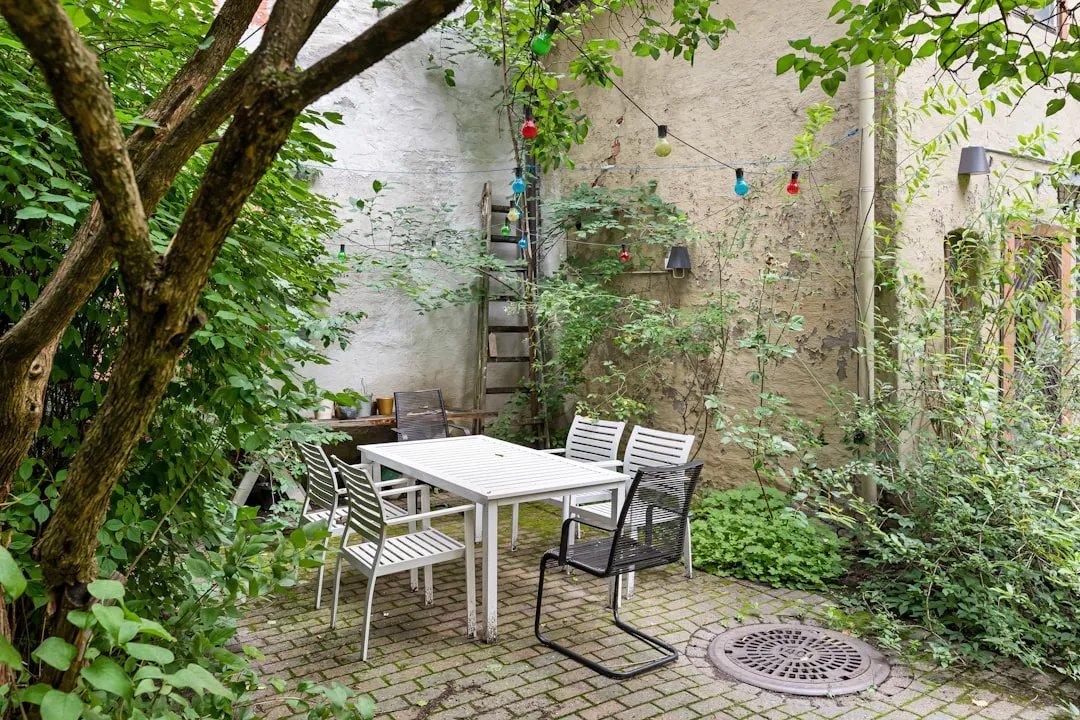The Art of Cultivating Roselle for a Refreshing Hibiscus Tea

Embarking on the journey of gardening is like opening a door to a world filled with colors, scents, and the joy of nurturing life. Among the many beautiful flowers and plants that can grace your garden, roselle stands out not only for its aesthetic appeal but also for its culinary and medicinal uses. In this article, we will delve into the art of growing and harvesting roselle, so you can enjoy the pleasure of making your own delicious hibiscus tea right from your garden.
Roselle, scientifically known as Hibiscus sabdariffa, is a species of hibiscus that is native to West Africa. It is a warm - season annual or perennial plant, depending on the climate. In regions with mild winters, it can be a perennial, coming back year after year. The plant is characterized by its vibrant red calyces, which are the part used to make hibiscus tea.
### Getting Started with Roselle Gardening
#### Selecting the Right Location
Roselle thrives in full sun. Choose a spot in your garden that receives at least 6 - 8 hours of direct sunlight per day. The soil should be well - drained, fertile, and rich in organic matter. A pH level between 6.0 and 6.8 is ideal for roselle plants. You can test your soil using a simple soil testing kit available at most garden centers.
#### Planting Roselle
You can start roselle from seeds. Soak the seeds in warm water for 24 hours before planting to speed up germination. Plant the seeds about 1/2 inch deep in the soil, spacing them 2 - 3 feet apart. This gives the plants enough room to grow and spread. If you are starting the seeds indoors, do so about 6 - 8 weeks before the last frost date in your area. Transplant the seedlings outdoors once the danger of frost has passed.
#### Watering and Fertilizing
Roselle plants need regular watering, especially during dry spells. However, avoid over - watering as this can lead to root rot. A good rule of thumb is to keep the soil evenly moist but not waterlogged. Fertilize the plants with a balanced fertilizer, such as a 10 - 10 - 10 formula, every 4 - 6 weeks during the growing season. This will provide the necessary nutrients for healthy growth and abundant calyx production.
### Caring for Roselle Plants
#### Pruning
Pruning is an important part of roselle care. Pinch off the tips of the plants when they are about 12 inches tall to encourage bushier growth. Remove any dead or diseased leaves and branches throughout the growing season. This not only keeps the plant looking tidy but also improves air circulation, reducing the risk of fungal diseases.
#### Pest and Disease Control
Roselle plants can be susceptible to pests such as aphids, whiteflies, and spider mites. You can control these pests by using insecticidal soaps or neem oil. These are natural and environmentally friendly options. As for diseases, fungal diseases like powdery mildew can be a problem, especially in humid conditions. To prevent fungal diseases, avoid overhead watering and ensure good air circulation around the plants.
### Harvesting Roselle
Roselle is typically ready for harvest about 3 - 4 months after planting. The calyces are ready to be picked when they are plump, firm, and a deep red color. To harvest, simply pull the calyces gently from the plant. Be careful not to damage the plant. You can harvest the calyces over a period of several weeks as they mature at different times.
### Making Hibiscus Tea
Once you have harvested your roselle calyces, it's time to make your own hibiscus tea. Start by rinsing the calyces thoroughly under running water. Then, place them in a pot and cover them with water. Bring the water to a boil, then reduce the heat and let it simmer for about 10 - 15 minutes. Strain the liquid into a cup or pitcher, and you can add sugar, honey, or lemon to taste. Enjoy a refreshing cup of homemade hibiscus tea, knowing that you grew the ingredients yourself.
In conclusion, growing roselle is a rewarding experience. It allows you to connect with nature, enjoy the beauty of the plants, and reap the benefits of home - grown produce. Whether you are an experienced gardener or a beginner, roselle is a great addition to any garden. So, roll up your sleeves, get your hands dirty, and start growing roselle today for a taste of the tropics in your own backyard.